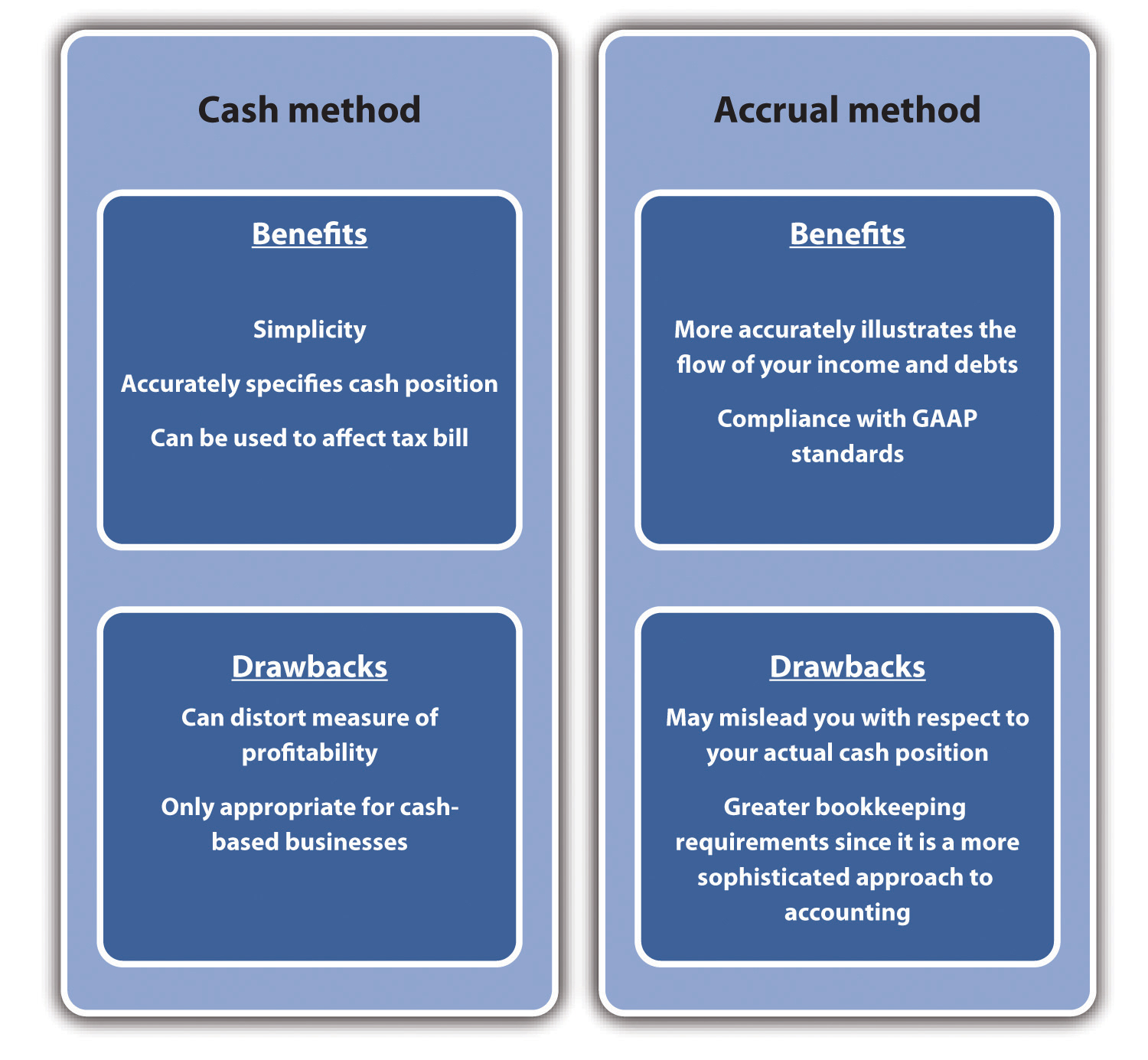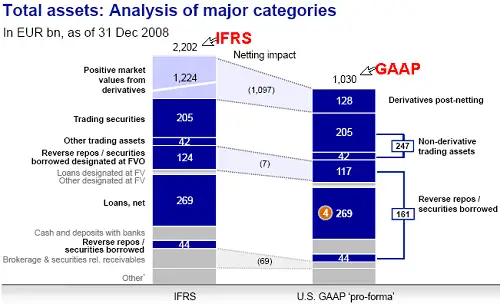The system of making journal entries or bookkeeping may confuse many people. Although most people can understand basic accounting, there are also those that get confused when talking about debit and credit entries.  This is especially true in the case of a company’s revenue, for example.  For some people, when they speak of “revenue,†they usually think of it as income or money that’s coming in.  For the most part, this idea is actually true.  “Revenue†represents any income a particular company makes while doing business.  Any money generated because of business activities is considered the company’s revenue.  Because of this idea, most people classify revenue as a debit transaction or entry.  In layman’s terms, since revenue represents income, then it should be part of the debit entry.
But formal accounting dictates that the company’s revenue is to be classified as a credit entry.  This is where most people get quite confused.  The basic explanation is by understanding the double-entry accounting system.  If one transaction is classified as a debit, it must always have a pair or corresponding credit entry to balance or zero-out the spreadsheet. So in the case of a company’s revenue, the usual journal entry would include “revenue†as a “credit†and “cash†as a “debit.† If a company, for example, has an income of $500,000, then this shall be classified as revenue with a credit entry.  And this particular entry will be balanced off with a debit to cash entry of the same amount.
Other people also try to simplify the explanation by comparing revenue to expenses. Â A sample expense transaction will be encoded in the journal entry as a debit to the type of expense and a credit to cash. Â Any increase in expense will affect the debit side of the entries, and for revenue increases, the credit side will increase. Â So when there is incoming cash, the debit entry will point to cash with the revenue classified as credit.











Leave a Reply